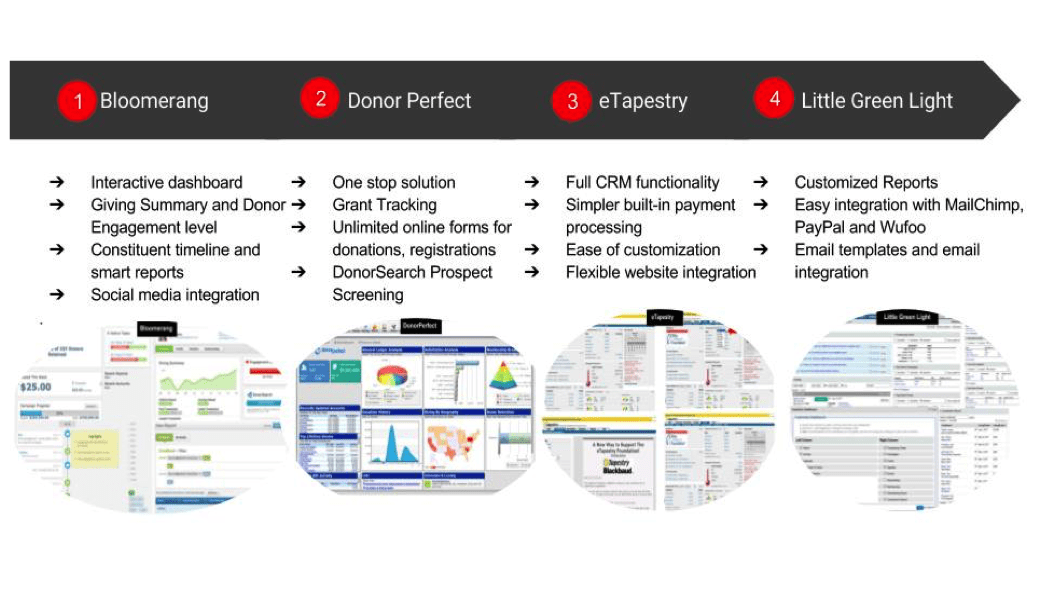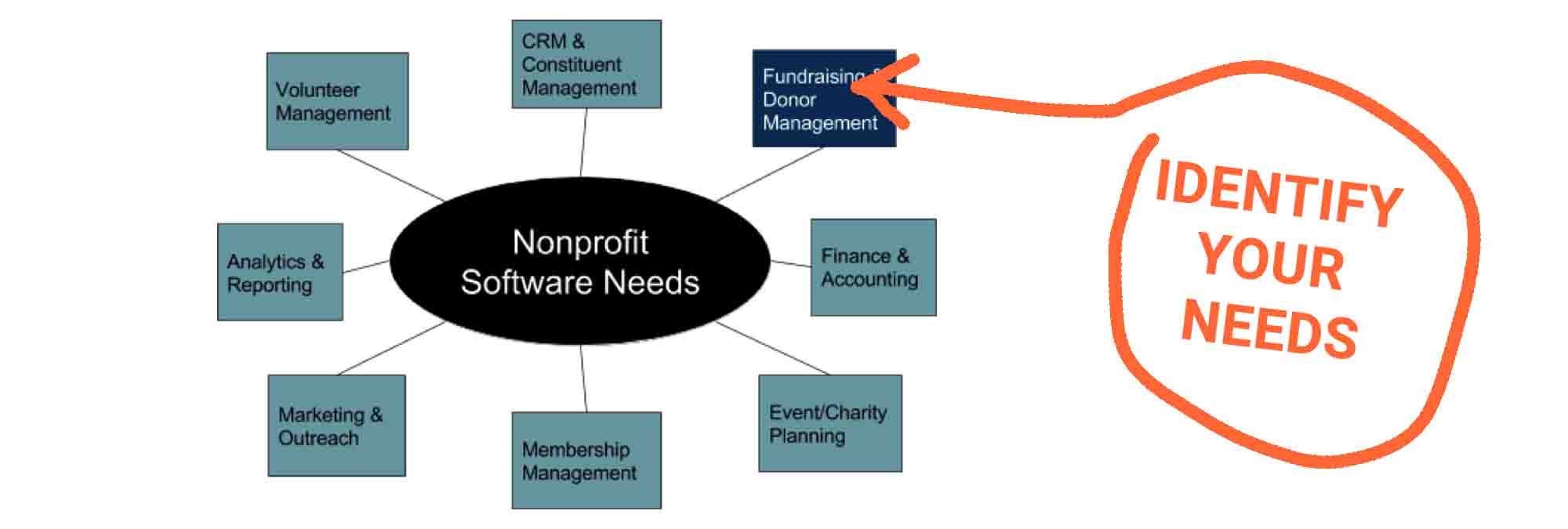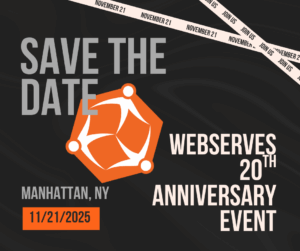Technology is causing an ongoing transformation in the nonprofit world, from the way supporters engage with their favorite nonprofits to the way organizations fundraise, market, and manage information. Today, there exists an ample number of opportunities for nonprofits of any size, to leverage technology to deliver on their mission in a very effective and scalable way.
Determining your nonprofit’s technology needs and selecting from a wide variety of software/tools can be overwhelming. But if done right, it can maximize your nonprofit’s impact. Let’s start with your needs.
Identify your technology needs:
We can broadly classify nonprofit software needs into the below categories :

Today we will focus on fundraising and donor management needs.
Let’s face it, a spreadsheet is not meant to take on your fundraising workflow and your donors are not just an entry in that sheet, so you need to dig deeper than those rows and columns. You need a solution and not just a piece of software to make your mission a reality.
Overview of Fundraising & Donor Management Software:
Definition:
| Fundraising Software | Donor Management Software |
|---|---|
|
Enables a nonprofit to: a) accept credit card |
Centralizes data and automates the process to help |
Donor Management software can be considered as a subset of Fundraising software and many of the products have features fulfilling both the needs.
Nonprofits require a comprehensive solution that not only stores, organizes data of constituents, donation history, and fundraising details but also provides means to engage with them and collect donations, create email and traditional mail campaigns, manage event attendance, and track a variety of donation types.
Benefits of using technology:

Selecting the best fundraising and donor management software
There are over 200 solutions available for you to choose from and selecting the one that fulfills your needs can be really overwhelming.

Fortunately, we have shortlisted 4 tools that should help a nonprofit of any size to fulfill its needs. Gartner’s latest 2017 research shows these 4 in the Leaders quadrant meaning they are popular amongst users, offer great value for money, and provide a wide range of features to a wide set of customers. Refer to the grid below for more clarity:

Below are the 4 tools and some of their highlights.

###




